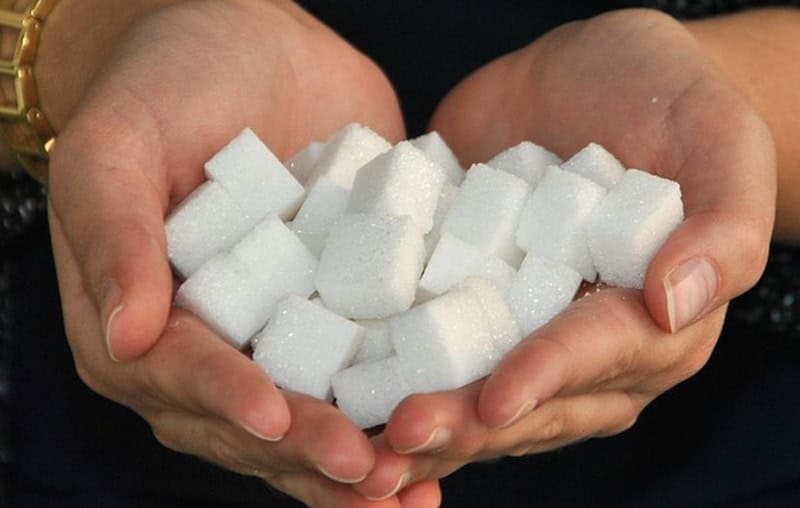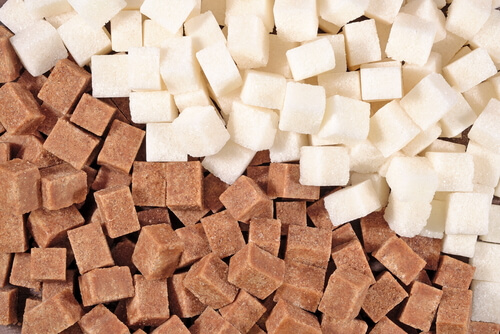A key factor in the beet sugar vs cane sugar debate is how each type impacts culinary results.
A key factor in the beet sugar vs cane sugar debate is how each type impacts culinary results.
Blog Article
Discover the Uses and Perks of Beet Sugar Vs Cane Sugar in Your Daily Diet
Exploring the distinctive high qualities of beet and cane sugar discloses even more than simply their sweetening capacities; it highlights their special influence on wellness and culinary arts. Beet sugar, recognized for its subtle taste, is typically favored in delicate treats, whereas cane sugar, with its hint of molasses, adds richness to durable meals. Each type holds its own nutritional profile and glycemic effects, welcoming a deeper understanding of their functions in a balanced diet plan and lasting consumption techniques.
Origin and Production Processes of Beet and Cane Sugar

The distinct climates and soil types needed for growing sugar beetroots and sugarcane add to distinctions in their cultivation techniques and geographic distribution, influencing the business economics and sustainability of their manufacturing. beet sugar vs cane sugar.
Nutritional Contrast Between Beet Sugar and Cane Sugar
In spite of originating from various plants, beet sugar and cane sugar are nutritionally really similar, both mostly including sucrose. Each offers about 4 calories per gram, translating to roughly 16 calories per tsp. Structurally, both sugars are made up of approximately 99.95% sucrose, with minimal quantities of various other substances like dampness and trace minerals, which do not dramatically change their dietary profiles.

Eventually, when choosing between beet sugar and cane sugar based upon nutritional material alone, both offer similar benefits and downsides as they are essentially forms of the very same molecule-- sucrose, providing fast power without various other nutrients.
Influence On Health: Glycemic Index and Caloric Material
Discovering even more right into the impacts of beet sugar and cane Recommended Site sugar on health, it is essential to consider their glycemic index and calorie web content. Both sugars are identified as sucrose, which contains sugar and fructose. This composition leads them to have a similar influence on blood sugar level levels. The glycemic index (GI) of both beet and cane sugar is around 65, categorizing them as high-GI foods, which can create fast spikes in blood sugar degrees. This is an essential element for people handling diabetes mellitus or those attempting to stabilize their energy levels throughout the day.
Each kind of sugar consists of about 4 calories per gram, making their calorie web content equivalent. For those checking caloric intake, especially when taking care of weight or metabolic health and wellness conditions, comprehending this equivalence is crucial (beet sugar vs cane sugar). Nevertheless, excessive usage of any kind of high-calorie, high-GI food can add to health and wellness problems such as obesity, cardiovascular disease, and insulin resistance.
Environmental and Economic Factors To Consider of Sugar Manufacturing
Beyond wellness impacts, the production of beet and cane sugar additionally increases substantial environmental and financial problems. Sugar beet growing often tends to need cooler environments and has a reduced geographical footprint contrasted to sugar cane, navigate here which prospers in tropical regions.
Additionally, making use of pesticides and fertilizers in both beet and cane sugar farming can bring about dirt deterioration and contamination, more affecting biodiversity and neighborhood water bodies (beet sugar vs cane sugar). The choice in between growing sugar beet or cane typically rests on neighborhood ecological conditions and economic variables, making the sustainability of sugar production a complex problem
Culinary Applications and Flavor Distinctions
While the environmental and economic facets of sugar production are undoubtedly considerable, the choice between beet and cane sugar likewise influences culinary applications and taste profiles. Beet sugar, derived from the sugar beet plant, is recognized for its incredibly neutral taste. This makes it a functional ingredient in baking, where it does not change the flavor of various other elements. It dissolves rapidly and is perfect for use in cakes, cookies, and pastries.
Walking stick sugar, extracted from sugarcane, often keeps molasses traces, which pass on an unique richness and deepness. The minor variant in dampness web content between beet and cane sugar can impact the structure and uniformity of dishes, making cane sugar a recommended option for certain dishes that benefit from its distinct properties.

Conclusion
In verdict, both beet and cane sugar have distinct origins and production processes, providing comparable dietary accounts with slight distinctions in sodium material and flavor. While their effect on health, especially regarding glycemic Continued index and calories, is comparable, the selection in between them frequently comes down to environmental, economic elements, and details cooking needs. Recognizing these elements can lead customers in making educated decisions that align with their health objectives and taste choices.
Report this page